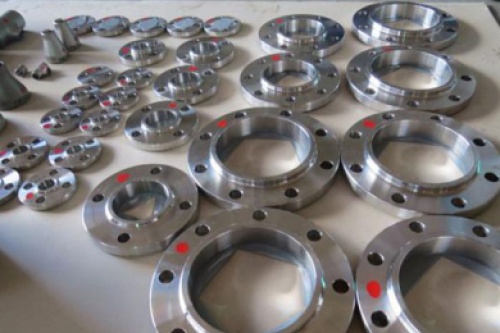Flanges are an essential component in piping systems as they connect pipes, valves, pumps, and other equipment to form a complete piping system. Choosing the right flange material can significantly affect the durability and efficiency of the piping system. Stainless steel 316 flanges are a popular choice in the industry due to their exceptional corrosion resistance and durability. In this blog post, we will dive deep into everything you need to know about stainless steel 316 flanges.
What is Stainless Steel 316?
Stainless steel 316 is an austenitic alloy that contains molybdenum, making it highly resistant to corrosion and pitting. This alloy has better overall corrosion resistance compared to other stainless steels and is widely used in various applications, including chemical processing, food processing, and marine equipment.
Applications of Stainless Steel 316 Flanges
Stainless Steel 316 Flanges are used in a wide range of applications due to their exceptional corrosion resistance and durability. These flanges are commonly used in chemical processing, petrochemical, food processing, marine, and pharmaceutical industries. They are also suitable for high-temperature and high-pressure systems.
Types of Stainless Steel 316 Flanges
There are several types of stainless steel 316 flanges available on the market, including slip-on flanges, weld neck flanges, threaded flanges, blind flanges, and lap joint flanges. Each type of flange has its unique features and benefits. For example, slip-on flanges are easy to install, while weld neck flanges offer better fatigue resistance and strength.
Advantages of Stainless Steel 316 Flanges
Stainless steel 316 flanges offer several benefits, making them an ideal choice for many industries. First, they have exceptional corrosion resistance, which helps to prevent leaks, cracks, and damage to the piping system. Second, they have high-temperature resistance, making them suitable for high-temperature applications. Third, they have excellent welding properties, making them easy to install and maintain. Finally, they have high mechanical strength and durability, making them long-lasting and reliable.
Maintenance Tips for Stainless Steel 316 Flanges
To ensure the longevity and efficiency of your piping system, it is essential to maintain your stainless steel 316 flanges regularly. Proper maintenance involves cleaning the flanges regularly to remove dirt, dust, and any corrosive materials that may cause damage. Additionally, it is recommended to inspect the flanges regularly for any signs of cracks, leaks, or damages and repair or replace them as needed.












